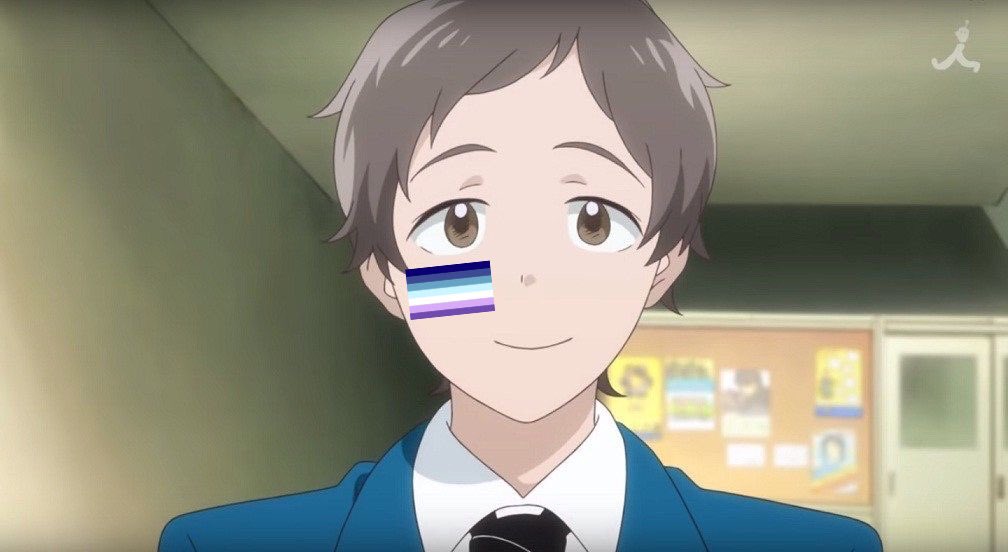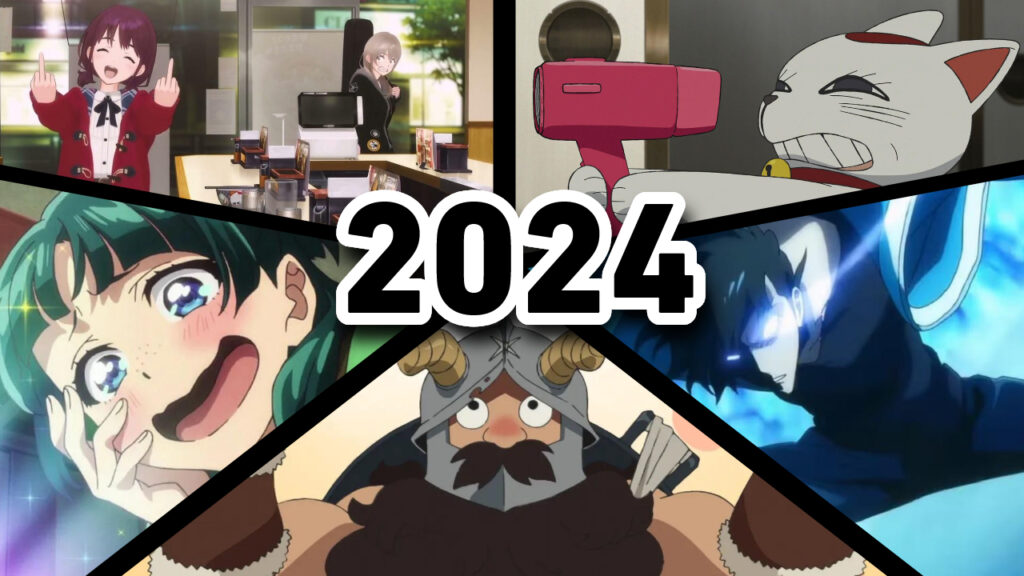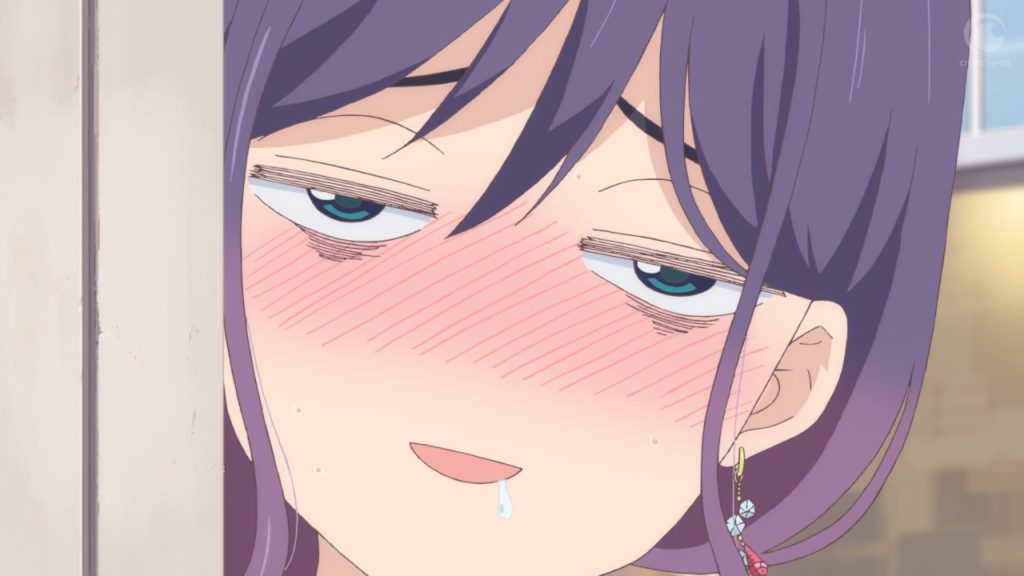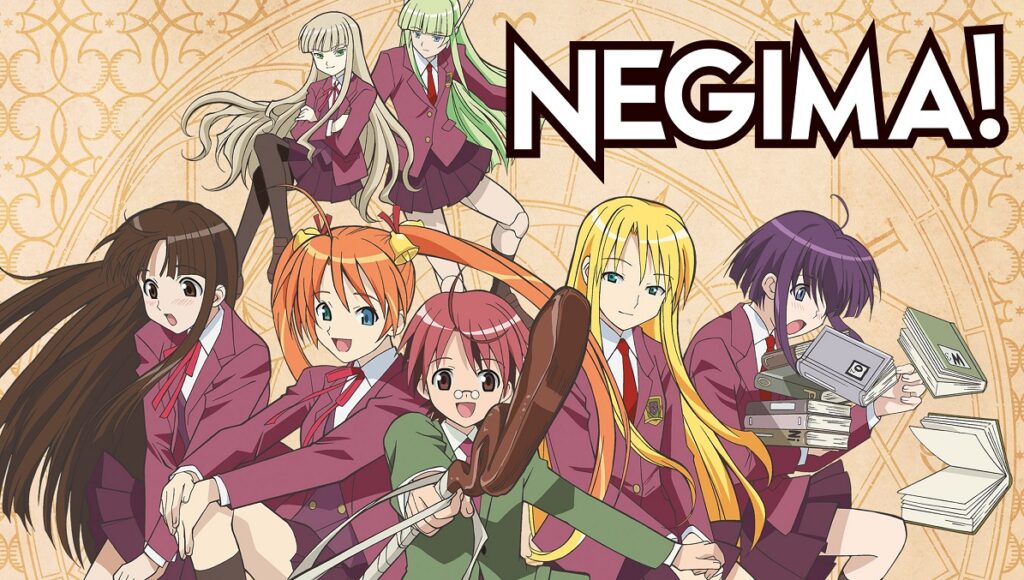As the conversation around gender issues has grown complicated if not outright contentious, it seems the wiser course to perhaps stay away and just focus on talking anime, but the thing is, anime has always had – at least some – representation for those of different gender and sexual identifications.
While representation has grown in prevalence and the howling unwashed minority of the anime fandom cry frustrated tears of westernization ruining anime, the representation has always been there. In fact, those who don’t identify as transgender or even as any gender – the tomboys, the tomgirls, the “traps,” and all those other slang terms of old that are used to describe those not ascribing to gender stereotypes – are more prevalent than you think, though not always canonically spelled out in so many words.
If you are interested in the many non-binary, agender, or genderfluid characters that can be found in anime, I’ve compiled this lovely list.
Non-Binary Anime Characters
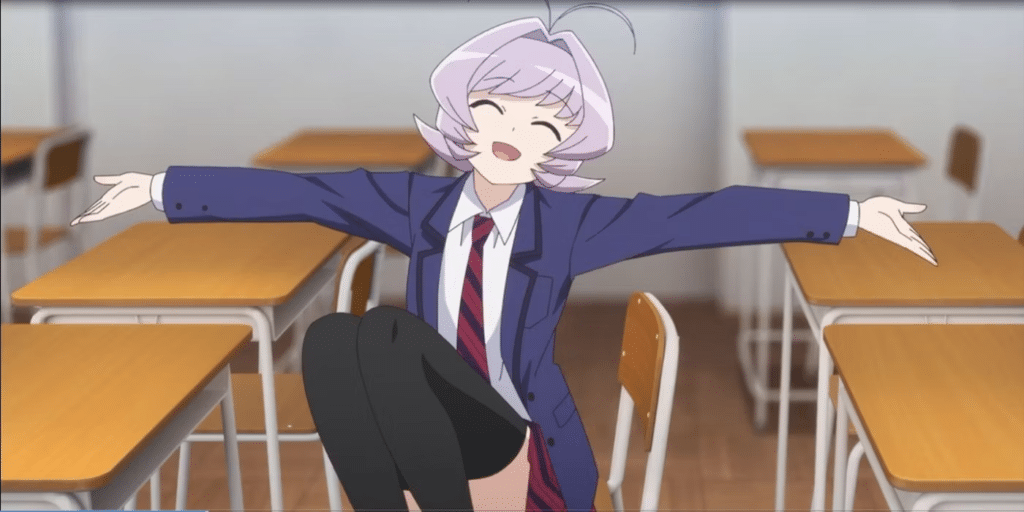
Najimi Osana from Komi Can’t Communicate
When it comes to non-binary representation in anime, Najimi is probably the most well-known pinnacle of it. While Najimi and their non-binary mystery gender is presented comically, to its credit, the series never caves in or even remotely tries to present them as one gender over the other.
Their styles constantly change over the course of the series from feminine to masculine with their character designed to pull it off flawlessly. Najimi possesses the enviable ability to be able to befriend anyone with ease, and their ambiguous gender makes it easy to have such a diverse array of friends.
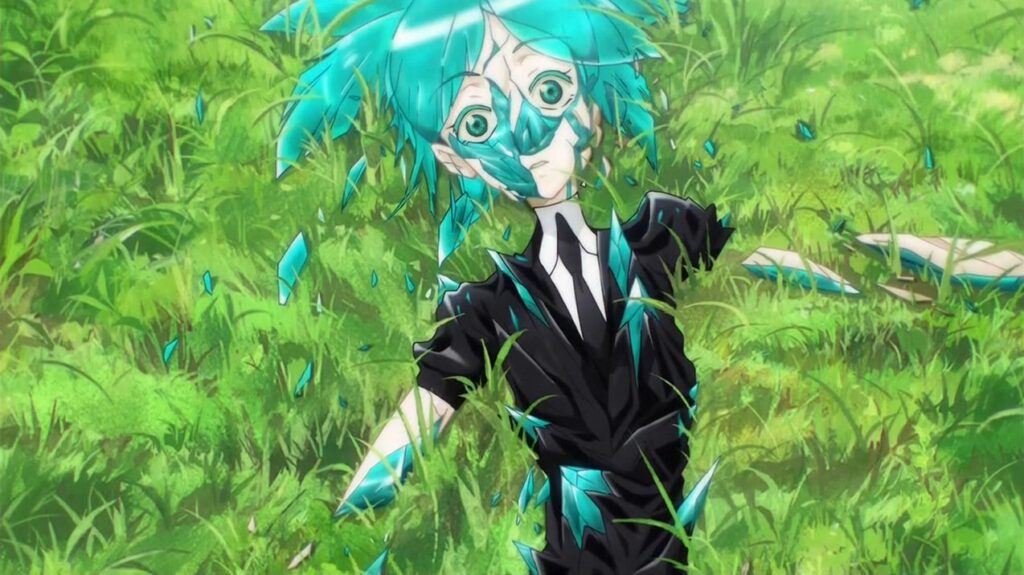
The Gems from Land of the Lustrous
While anime is no stranger to personifying objects as anime characters, typically those objects will be gendered. Land of the Lustrous is unique in that the main characters, the gems, are not specifically gendered. They are certainly – for the most part – female-presenting though, because this is anime and cute anime girls are highly marketable, but not all of them are dripping with femininity.
In the end, the characters in Land of the Lustrous are gems – not people. When they are shattered to pieces, they can be put back together. You can’t do that with people, and you can’t ascribe a gender to an object.
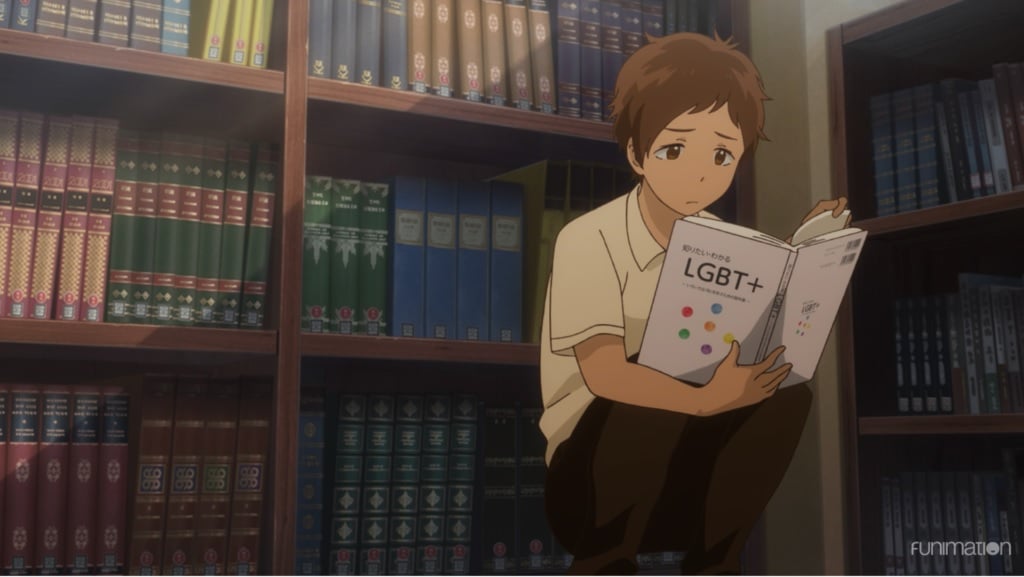
Yuta Asuka from Stars Align
While sports anime have often served as a stage for character stories and drama, you didn’t really expect Stars Align, a series about a soft tennis club, to be so rich with particularly deep character drama. Among the stories of parental abuse and neglect, you have Yuta’s story. He is first introduced pining after the determined soft tennis club captain in a way alluding to a blossoming homosexual attraction to him. As such, he is urged to become the manager of the club by another member who noticed.
However, his feelings are more complicated than just an attraction to another boy. Throughout the series you see him discover more about himself, and that discovery is not that he is just gay or transgender, but rather it is more that he is simply, canonically, non-binary identifying.
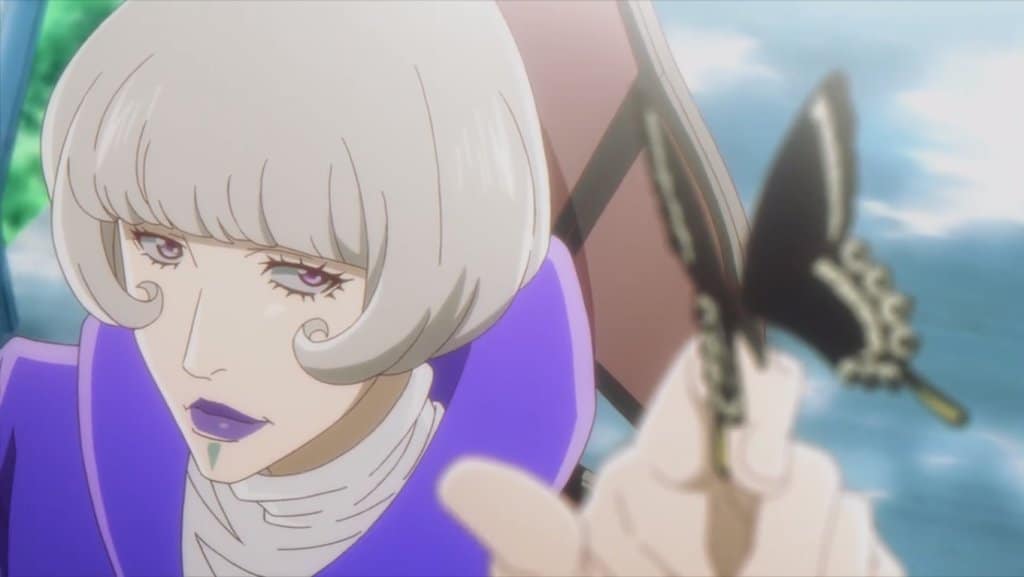
Desmond from Carole & Tuesday
Desmond is a character meant to represent more ambiguous and flamboyant musical legends like Prince or David Bowie since Shinichiro Watanabe is a particular connoisseur of music and Carole & Tuesday is a pop-focused music anime. However, his story of why they are that way is fitting with the low-key but present sci-fi setting of the series.
Desmond was born male and identified as such. However, due to exposure to radiation while on Mars, where the series takes place, they underwent a series of hormonal changes that cause their body to become more feminine.
While Desmond is technically intersex, they are focused on music and their body doesn’t so much matter.
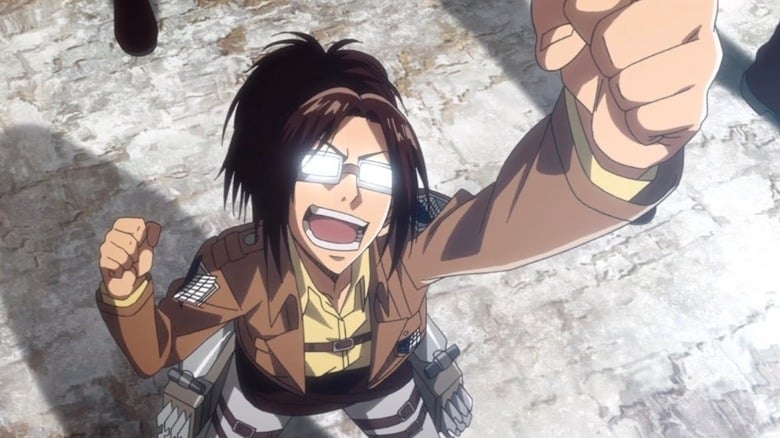
Zoe Hange from Attack on Titan
As Hange is a fan favorite for their intense mad scientist vibe, on occasion you find very frustrated weirdos who argue intently on their gender on the internet. So fervent has the debate become that the author even says they won’t end it because their gender does not have any bearing on the story.
Though Hange is female-presenting in many ways, there are a number of moments where a certain manliness shows, particularly in the manga. Furthermore, they are always very coyly referred to as “they/them” throughout the series, thus leading to the debate.
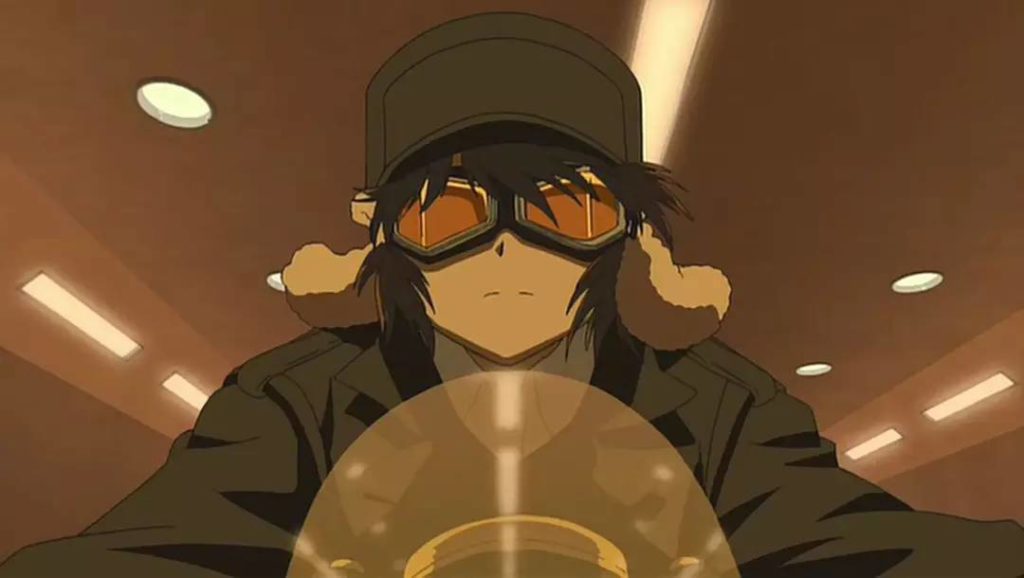
Kino from Kino’s Journey
As Kino’s Journey has non-linear storytelling, you start Kino’s Journey probably pretty confident that the main character is a young man, but her backstory reveals that Kino is – in fact – a girl. She, like many of the not strictly canon non-binary characters on this list, doesn’t identify as non-binary but doesn’t seem too concerned about gender either.
Kino’s Journey follows the titular main character as she travels and gets entangled in stories in a variety of locations before leaving. Everything she has – her bike, her clothes, everything – was given to her by the man that previously owned them. So that is what she uses since her backstory reveals she had to start her journey rather suddenly. Furthermore, she states that traveling dressed as a man is simply easier.
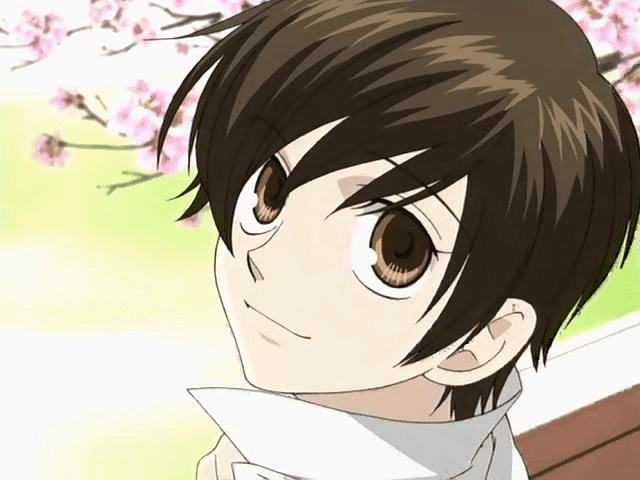
Haruhi Fujioka from Ouran High School Host Club
Haruhi has always been considered a queer icon due to her lack of interest in gender stereotypes while also not having an aversion to any either.
The whole series is built on her being rather agender. She is introduced looking more like a bookish boy than a girl, and purely presented as such because of a series of events that led up to it. As a poor person on a scholarship, she couldn’t afford the frilly girls’ uniform so she wore her normal clothes that are more comfortable for studying. She previously had long hair, but had to cut it short after a kid put gum in it. Thus, with pair of thick glasses on top of it all, she was confused as a boy and recruited into a host club to pay off the debt she accidentally accrued.
Yet, you never see Haruhi too bothered about gender, perhaps because her father has a complicated gender identification as well. She identifies as female, and enjoys both feminine and masculine styles. She is definitely what people would have called a tomboy back in the day.
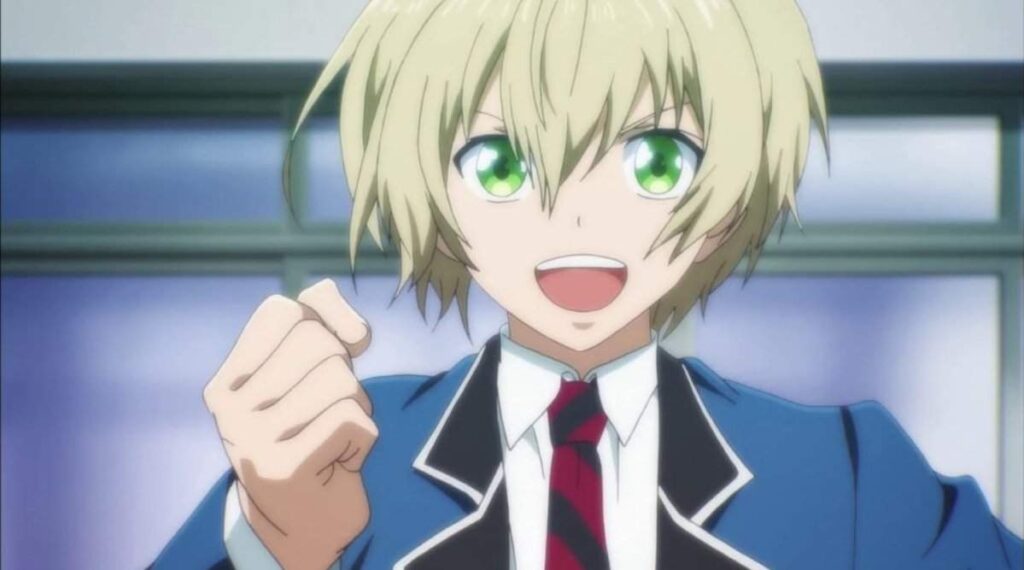
Hotaru Tachibana from Aoharu x Machine Gun
There is much about Aoharu X Machine Gun that is incredibly similar to Ouran High School Host Club. Both series follow a girl forced into a club of boys who also think she is also a boy. However, while Ouran High School Host Club is focused on the romance blooming between Haruhi and another host club member long after everyone discovered she was actually a girl, Aoharu X Machine Gun is distinctly more laser-focused on the sport of airsoft.
While there are hints that feelings may be developing, most characters in Aoharu X Machine Gun go on thinking that Hotaru – who dressed like a boy, acts like a boy, and fights like a boy – is a boy. Hotaru never goes out of her way to correct them either.

Yuka Ayukawa from Blue Period
Yuka is… gloriously complicated in both gender and sexuality, creating a unique representation of almost the whole spectrum.
Yuka, born assigned male with the name Ryuji, is presented early on as a transgender teenager whose feminine appearance leads to an abusive home life. However, Yuka is not quite as simply defined as that. While feminine presenting, it is not that they necessarily want to become a woman, they actually want to be perceived as both genders. Further complicating things, they are also one of the very rare bisexual identifying characters in anime.

Luca Esposito from Astra Lost in Space
Astra Lost in Space is a series in which a group of teens are mysteriously transported 5,000 light years from home and make the difficult journey back. Every episode is usually framed around them stopping at a planet for something they need – food, fuel, air, water, ect – and a character’s back story being revealed as they tackle problems on the planet.
Among the stories is Luca’s where their problem is that their powerful adoptive father stopped loving them once he discovered that they were intersex. While Luca presents more masculine, likely to not evoke the ire of his father or in some attempt to earn at least some affection, they are shown transitioning to more feminine styles later as they come to terms with themselves.
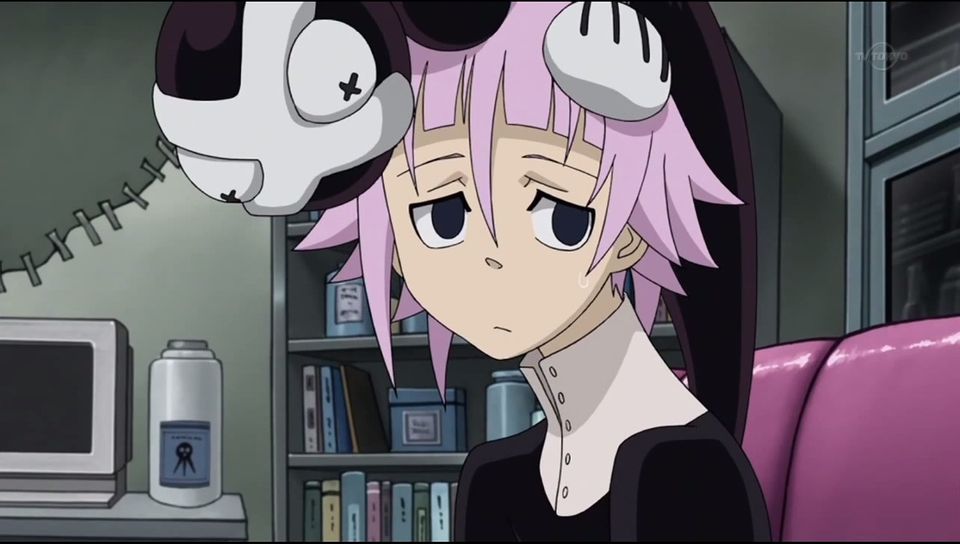
Crona from Soul Eater
“What gender is Crona?” It is the singular eternal question and debate of the Soul Eater fandom, right up there with “is Excalibur amazing or annoying?”
While some translations assign Crona male pronouns, the author has said that they are genderless, or gender “unknown”. There is no real clear sign pointing either way either. Usually the only notable thing about Crona is that they are a kid that could benefit from a little affection, a little self confidence, and a lot less of the evil sword they are fused with.
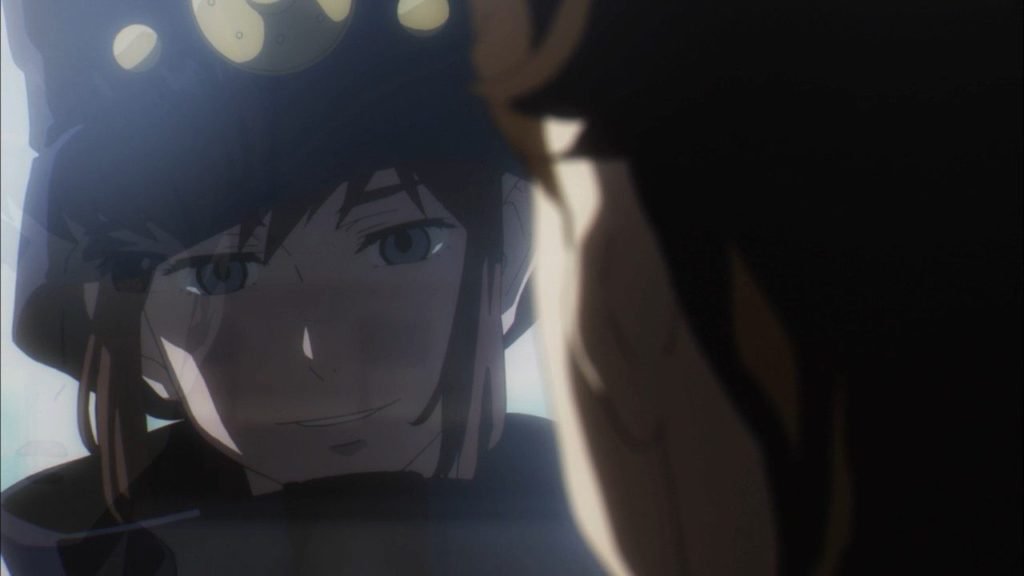
Boogiepop from Boogiepop Phantom
While Boogiepop has a form, Boogiepop is an entity and not a person, per-say. In Boogiepop Phantom, you most often see Boogiepop manifest using the body of a girl, but they are a distinctly agender character.
As their purpose in the world is to remove the supernatural threats that threaten to interfere with peaceful human life, they don’t necessarily need a gender, but they do benefit from having a form.
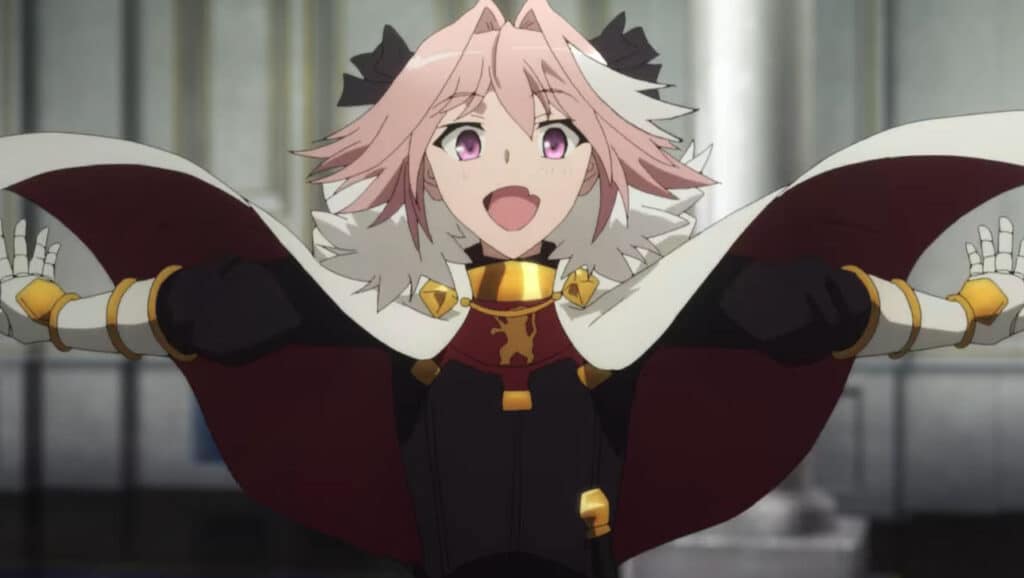
Astolfo from Fate/Apocrypha
While Astolfo may be a trap icon that a certain strange sect of the anime community puts on a pedestal, they are also a pretty non-binary, or perhaps intersex, character.
While Astolfo refers to himself with masculine pronouns, he enjoys all things androgynous. He enjoys cute things, often acts in cute ways, and on occasion enjoy feminine clothes. However, as a particularly amicable and charming guy, when questioned about these things, he simply states that he just is who is he is, and that is an excellent mantra.

Hideyoshi from Baka and Test
Similar to Astolfo, Hideyoshi is another long-beloved trap icon, though this time he often is rather unhappy about the mistake.
The running joke in Baka and Test, a series stuffed full of jokes, is that Hideyoshi, while identifying as a man, is mistaken for a woman due to his beautiful face and rather androgynous style. They even go so far as to assign him a separate bathroom and say that “Hideyoshi” is a gender of its own.
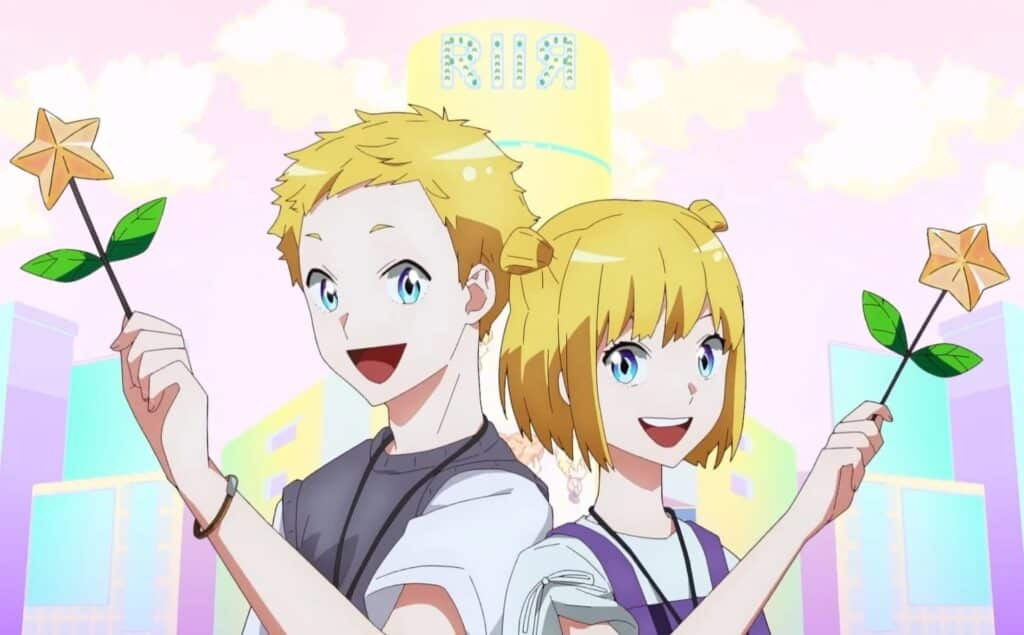
Riri from Romantic Killer
When first introduced, Riri isn’t really a person. They are more of a fairy. They are introduced as the menace who is forcing the main character to essentially play a dating sim in real life if she ever wants access to her weebish hobbies again.
While non-human mascot characters of no clear gender aren’t much worth mentioning, Riri manifests human form later in the series. This human form, as they are a magical being, changes gender to suit their needs at the time. Sometimes they are male and sometimes they are female, not preferring one particular gender over the other.
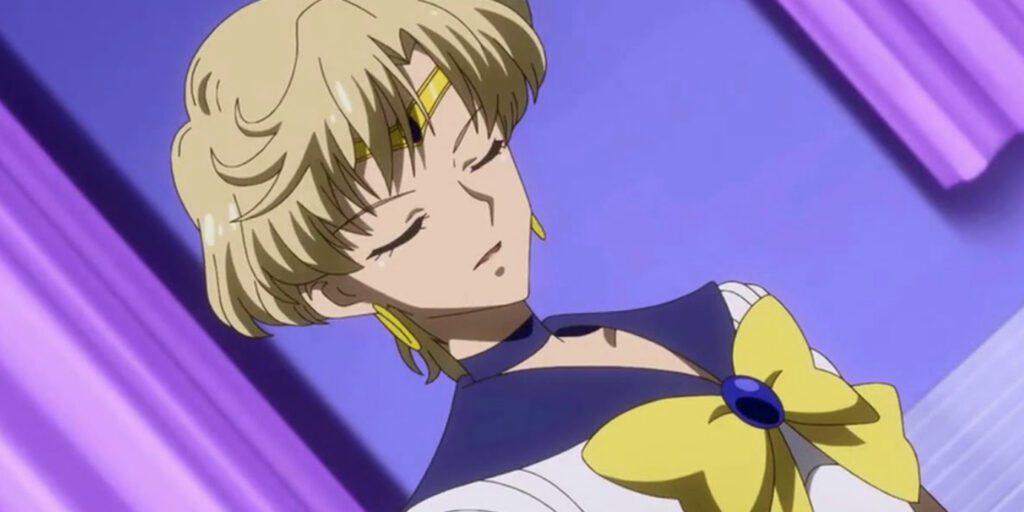
Haruka Tenou / Sailor Uranus from Sailor Moon
Sailor Uranus is most remembered for being one of the very early and obvious lesbians in anime, even if that relationship was censored when Sailor Moon premiered in the west. However, alongside being a lesbian, she is also fairly non-binary.
Outside of her Sailor persona, Haruka Tenou enjoys racing cars, wearing suits, and wearing her hair cut short. She is not canonically stated as being non-binary, but at the same time, the term also really didn’t exist then either.
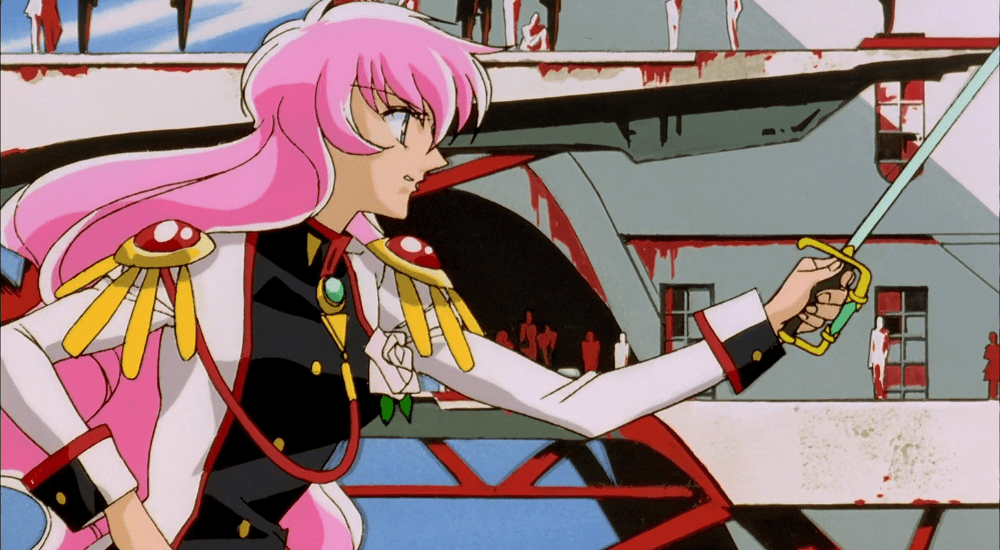
Utena Tenjou from Revolutionary Girl Utena
Revolutionary Girl Utena is legendary for its portrayals of non-gender conformity and early LGBT themes. One of the major elements of the series is that Utena is every bit subversive to the standard gender stereotypes.
Revolutionary Girl Utena follows a girl who was saved by a prince as a child. Instead of wanting to marry a prince, as is traditional in fairy tales, she wants to become one instead. She gets her chance when she attends a prestigious school that duels over ownership of the Rose Bride, a girl coveted by the men in the school and said to posses great power.
Throughout the series, she duels men for the Rose Bride, not so much to own her, but rather to free her from ownership. Utena is introduced wearing a male uniform and acting masculine with long feminine hair until even that gets cut later in the series. She is truly a character that eschews gender and never lets it define who she is or what she wants to do.
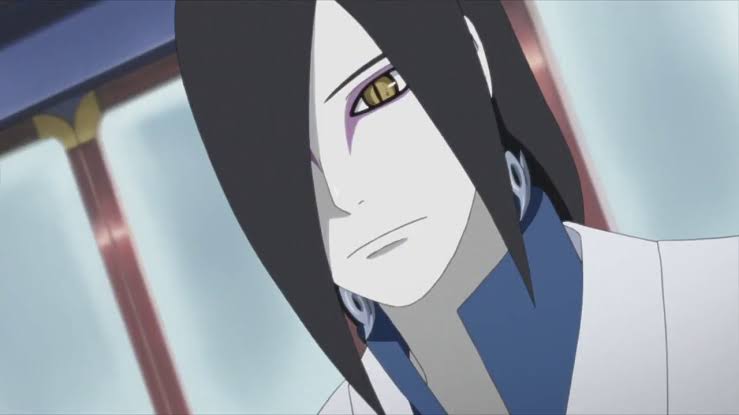
Orochimaru from Naruto
As Orochimaru was on a quest to learn all of the world’s secrets, that desire led him down the path of human experimentation in order to try and achieve immortality. It wasn’t that he wanted to make his body live forever, but rather wanted to achieve being able to transfer his soul into another vessel.
You can say he achieved this since throughout Naruto you see his appearance, not change completely, but often shift, adapting aspects of the new bodies he is in.
While Orochimaru is often male-presenting, he is very much non-binary coded throughout Naruto. It isn’t until the sequel series, Boruto, when Orochimaru is talking to his son that his non-binary nature becomes more canonical as he admits in having been both male and female at certain points throughout his life, but states he was focused on his goal rather than his appearance.
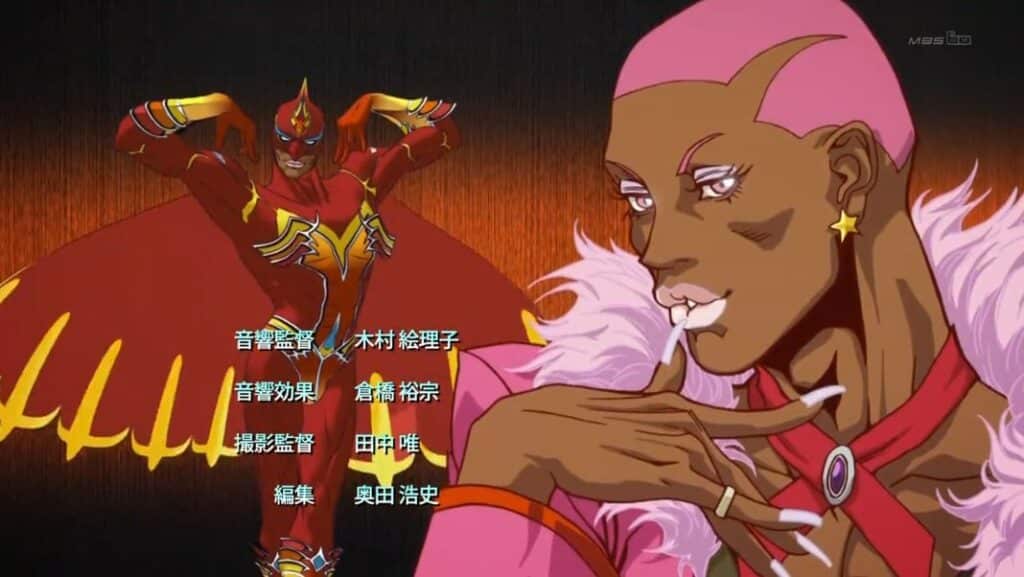
Nathan Seymour / Fire Emblem from Tiger & Bunny
Anime has long enjoyed portrayals of effeminate male crossdressers, and Nathan Seymour AKA Fire Emblem is yet another one. However, instead of being another joke in a dress with a very obvious five o’ clock shadow, Nathan is presented as someone who enjoys both the styles of femininity and masculinity.
Born assigned male at birth, they grew older and realized that they enjoyed more feminine styles. As an adult, this professional hero is flashy not just in their flame abilities, but they enjoy both feminine makeup and masculine clothing while ascribing to no particular gender.
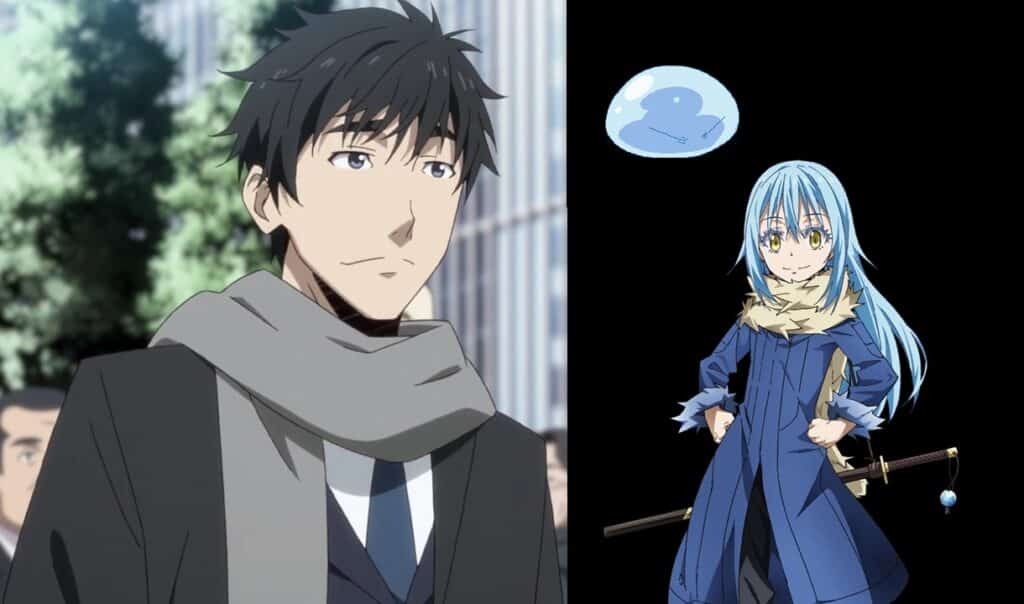
Rimuru Tempest from That Time I Got Reincarnated as a Slime
I hemmed and hawed about including Rimuru for a bit. Initially, Rimuru was a male Japanese salaryman that was killed and reincarnated, as the title helpfully says, as a slime. While slimes, as blob creatures, are innately genderless, you are still treated to his very male inner monologue throughout the series.
However, over the course of That Time I Got Reincarnated as a Slime, you watch Rimuru gain access to a human body that they can transform into. This body, however, is female. So, in a way, Rimuru is actually rather a perfect representation of a genderfluid character.
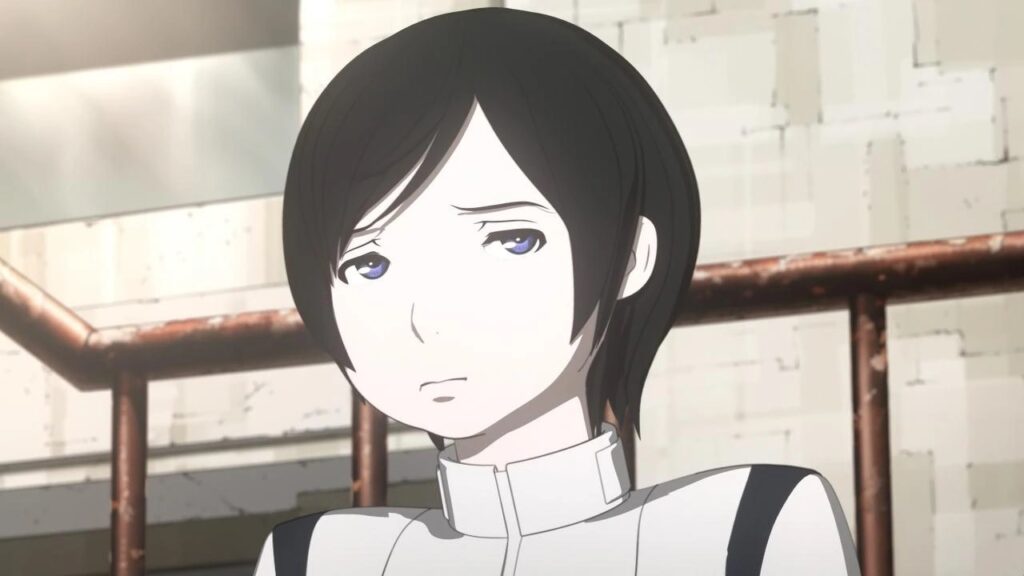
Izana Shinatose from Knights of Sidonia
You would think that with so many sci-fi anime that take place in some far future for humanity, you would find a few more hot takes on human evolution. Knights and Sidonia goes above and beyond the imagination in many ways, from having the main romance be with an unambiguously phallic alien to its very interesting take on puberty for some characters.
Izana is considered part of the third gender that humanity developed during the hundreds of years it spent in deep space after fleeing Earth. Instead of being born a specific gender, they are born intersex. As they develop romantic feelings, they begin to manifest either more feminine or masculine traits depending on the gender of the person they are having those feelings for. They also posses the ability to remain intersex and just reproduce a clone asexually if they choose.
It is an interesting take on gender identity that has ponderous implications when you factor in different sexual orientations, but I appreciate that the author at least made an attempt to be unique when it comes to human evolution.
Do you know more non-binary anime characters? I am certain there are quite a few more that I missed. Let fans know who they are in the comments section below.
